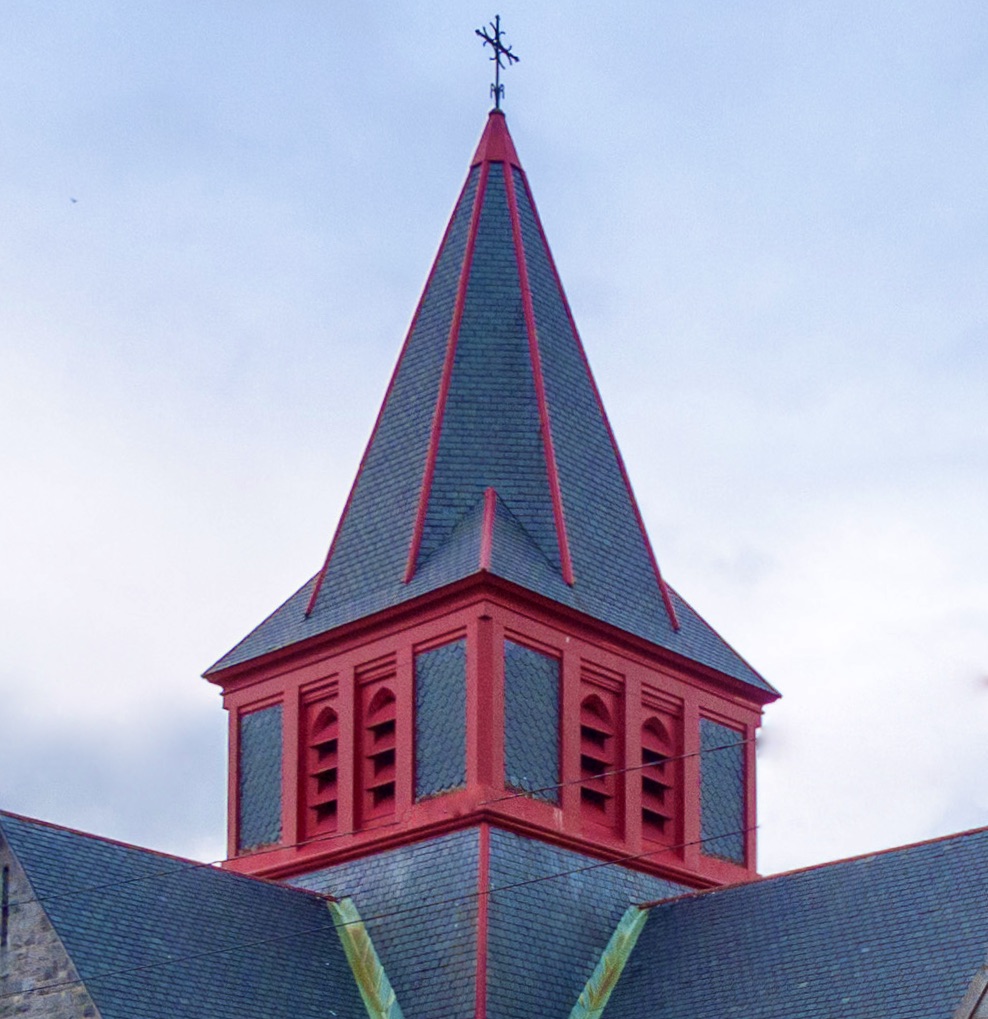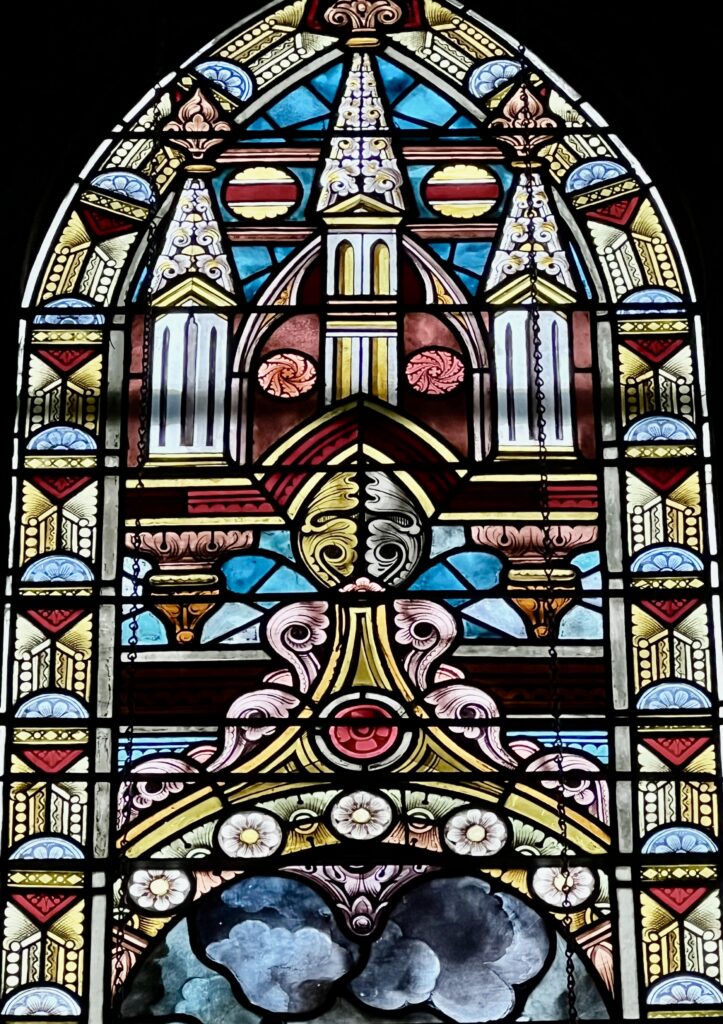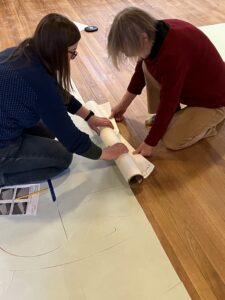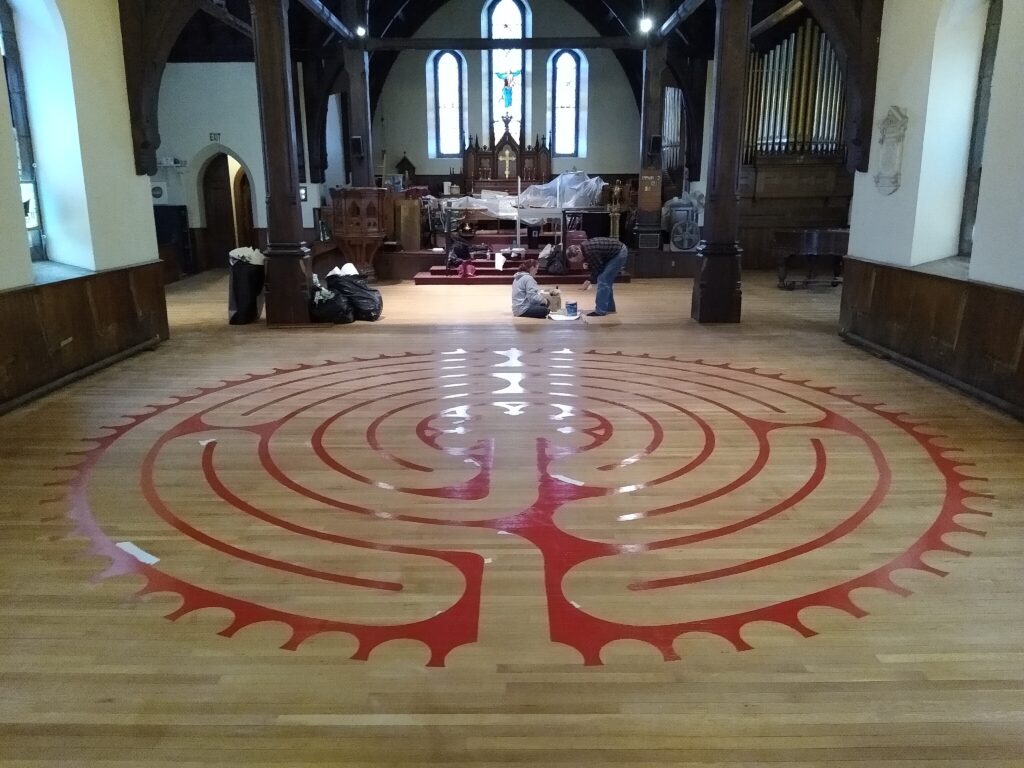A Sacred Path within the “Maze of Life”…
An Ancient Place of Seeking and Searching…
Of Being Lost and Becoming Found…




What is a Labyrinth?
A labyrinth is a spiritual tool – a path of prayer – a walking meditation. It spans many centuries and many faiths. Beware that your expectations of what will happen can get in the way of our actual experience. Try to be open. Each walk is a different experience or each person. Sometimes the gifts we receive from this kind of prayer become evident long after our actual walk.

A labytinth is not the same as a maze. With a labyrinth there are no decisions to be made, no tricks, no dead ends, and its whole is always visible. A maze, on the other hand, is a puzzle with many possible routes.
Mazes are meant to disorient the seeker, and are often made with high shrubbery or walls so that a person who enters a maze can get lost, run into dead ends or miss the exit. A labyrinth has only one path that leads the seeker into the center and back out again.
“The labyrinth is gracious and generous with its gifts for all who enter it. It reintroduces the much-needed walking meditation back into the Christian Tradition. It gives everyone a tool for spiritual experience. It heals and consoles supports and confronts, and helps us remember the ancient path where others have trod before us. The labyrinth allows us to experience the rhythm of our souls. It weaves us together in the joy and mercy of God’s grace.”
The Rev. Dr. Lauren Artress: “Walking a Sacred Path“
Suggestions for Walking the Labyrinth
There is no “right” way to walk the labyrinth, but here are a few suggestions that may be helpful:
A Path of Prayer
Walk. Quiet your mind. Let your body find your pace. Notice how you face many directions during your travel, sometimes seeming closer to the center, only to move away and continue the journey to the center.
A Simple Journey
Walk using a centering prayer. Think of the journey in three parts: the way in, the center, and the way out.
A Pattern in Classical Christian Spirituality
Purgation: on the way in, let your mind quiet. Let go of all that burdens you.
Illumination: in the center, spend some time open to what God may want you to hear or feel.
Union: on the way out, be open to integrating this experience into your life.
For Discernment
Take a question into the labyrinth, and be open for guidance. This may come in the form of a feeling, an image, a word, or a phrase.
You may recognize it in the moment or might notice it later.
With a Mantra
Use a repeated phrase as you walk. One may come to you as you walk, or you may begin with one, such as “Come, Holy Spirit” or “Lord Jesus Christ, have mercy on me.”
Using a Journal
Using “snapshot journaling” before your walk:
- Record the date and time, and a short description of your life at the moment.
- What do you see? What do you seek?
- After the walk, spend some time in silence, and ponder the connections between ones spiritual journey and the “motion” of the labyrinth – ebbing and flowing toward the Sacred.
Courtesies
It is important to honor each person’s space and mutual time for prayer and meditation. Walking a labyrinth may take anywhere from a few minutes to more than an hour, depending on the pace of the walker and the size of the labyrinth. You are free to walk the labyrinth at your own pace. You may pass another walker, or you may allow another walker to pass you. You may stay as long as you like in the center, unless there is a need to make room for those who come into the center later than you.
A Brief History
Historians believe that labyrinths were walked by pilgrims in medieval times; perhaps those who could not make the pilgrimage to the Holy City walked these labyrinths with the center representing symbolically the New Jerusalem. One was inlaid into the floor of the nave of Chartres Cathedral in France around 1200 A.D.: it is round and measures 42 feet in diameter, and was used as the pattern for our own labyrinth. Labyrinth designs have been found on Cretan coins and pottery, on a rock carving in Sardinia dating from 2500-2000 B.C., and in mounded earth in fields in England, Ireland and Scandinavia. Some labyrinths are round, some square, some octagonal, and the patterns vary as well. The paths in some church labyrinths form a cross.
During the past ten years, Grace Cathedral in San Francisco has reintroduced the labyrinth as a powerful tool for introspective prayer, and has two: one inside the Cathedral, and one outside. Now churches in many cities across the United States have labyrinths open regularly for prayer.
Labyrinths can also be found outside of churches. Some private citizens have created them in their yards. Others have created labyrinths by mowing or painting fields or lawns or parking lots, or building them with sand at the beach. One congregation laid out a temporary labyrinth with crushed aluminum cans that were later recovered and recycled. Increasingly, many have found usage in hospitals and recovery centers to aid healing.
The Labyrinth at Trinity Commons – 2023
A gift and vision, prayer, and resources to Trinity Commons from the
“Friends of Trinity Church”

Trinity Church and COMMONS
247 Bates Street, Lewiston, Maine 04240
Mailing address: P.O. Box 1402, Lewiston, Maine 04243-1402
(207) 910-7737
email: information@trinitylewiston.org

Trinity is part of the Diocese of Maine, Protestant Episcopal Church in the United States and the worldwide Anglican Communion
COPYRIGHT 2024
2